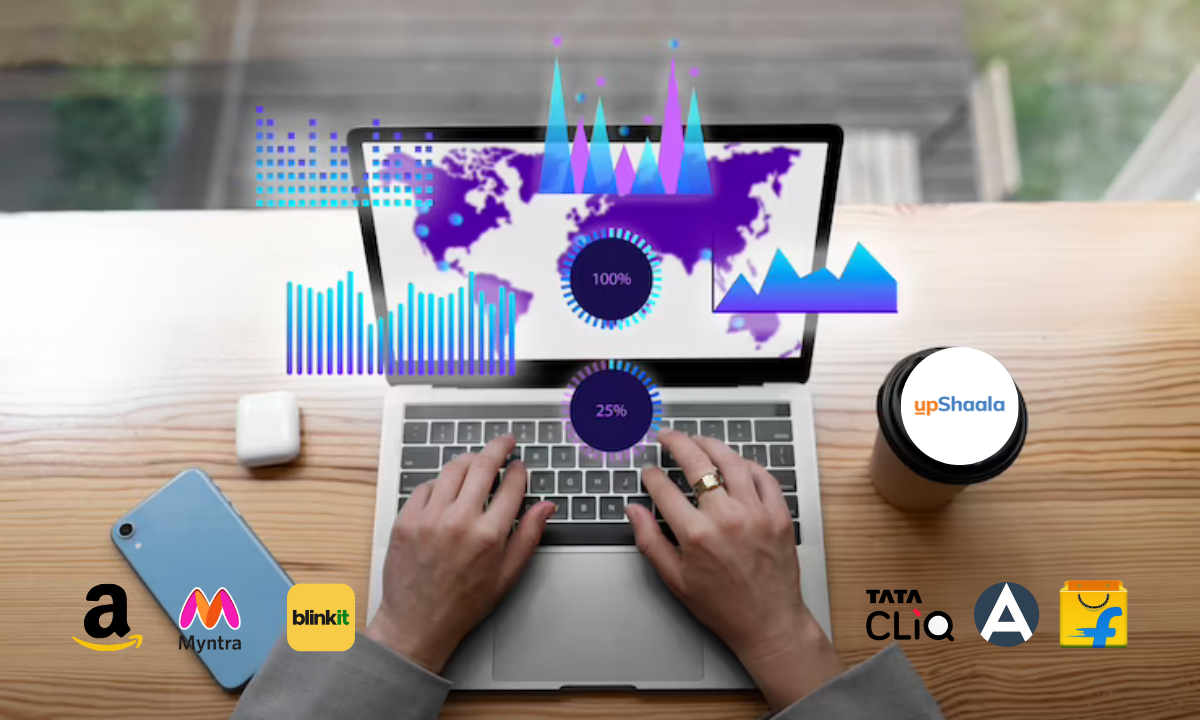In today’s data-driven world, Python has emerged as a powerhouse for data analytics. Its popularity in this field is undeniable, and for good reason. Python’s versatility, simplicity, and a vast array of libraries make it an ideal choice for data analysts and scientists alike. In this article, we will delve into the reasons why Python has become the go to language for data analytics
Introduction
Python’s journey to the forefront of data analytics is fascinating. It has transformed the way data is collected, processed, and analyzed. Its popularity is not just a coincidence but rather a result of its remarkable attributes.
These are the following reasons for Python’s popularity
1. Python’s Readability and Simplicity
One of Python’s key strengths is its readability and simplicity. Its clean and intuitive syntax allows data analysts to focus on solving problems rather than wrestling with complex code. Python’s readability makes it an excellent choice for both beginners and experienced programmers.
2. A Wealth of Libraries and Frameworks
Python boasts an extensive collection of libraries and frameworks tailored for data analytics. Libraries like Pandas, NumPy, Matplotlib, and Seaborn provide powerful tools for data manipulation, analysis, and visualization, streamlining the analytical process.
3. Open-Source Community Support
Python’s open-source nature means that it benefits from a vast community of developers who contribute to its growth. This collaborative environment results in continuous improvements and the development of cutting-edge data analysis tools.
4. Compatibility with Big Data Technologies
Python seamlessly integrates with big data technologies like Hadoop and Spark, enabling data analysts to process and analyze massive datasets efficiently.
5. Versatility in Data Visualization
Data visualization is crucial in understanding complex data. Python offers a wide range of visualization libraries, allowing analysts to create informative and visually appealing charts, graphs, and dashboards.
6. Python for Machine Learning
Python is the language of choice for machine learning and artificial intelligence. Frameworks like TensorFlow and PyTorch empower data scientists to build and train sophisticated machine learning models.
7. Integration Capabilities
Python’s ability to integrate with other languages and tools makes it a versatile choice for data analytics. It can seamlessly interact with databases, web APIs, and various data sources.
8. Cross-Platform Availability
Python runs on multiple platforms, ensuring that data analytics projects can be executed on different operating systems without compatibility issues.
9. Strong Ecosystem for Data Analysis
Python’s ecosystem includes Jupyter notebooks, which provide an interactive and collaborative environment for data analysis. Analysts can document their work, making it transparent and reproducible.
10. Career Opportunities
Proficiency in Python for data analytics opens up a world of career opportunities. Many industries, from finance to healthcare, seek professionals who can harness Python’s data analysis capabilities.
11. Scalability and Performance
Python’s performance has improved significantly over the years. With libraries like Dask and Numba, analysts can tackle larger datasets and compute-intensive tasks with ease.
12. Data Security and Python
Python prioritizes data security, making it a trusted choice for handling sensitive information. Its robust security features ensure that data remains confidential.
Real-World Applications
Python’s applications in data analytics are vast. It is used in sentiment analysis, market research, fraud detection, recommendation systems, and much more.
Conclusion
In conclusion, Python’s popularity in data analytics can be attributed to its simplicity, extensive library support, community-driven development, compatibility with big data technologies, and versatility in data visualization. Its role in machine learning, integration capabilities, cross-platform availability, and robust ecosystem make it a top choice for data analysts and scientists. As industries continue to rely on data-driven insights, Python’s significance in the world of data analytics is only set to grow.





